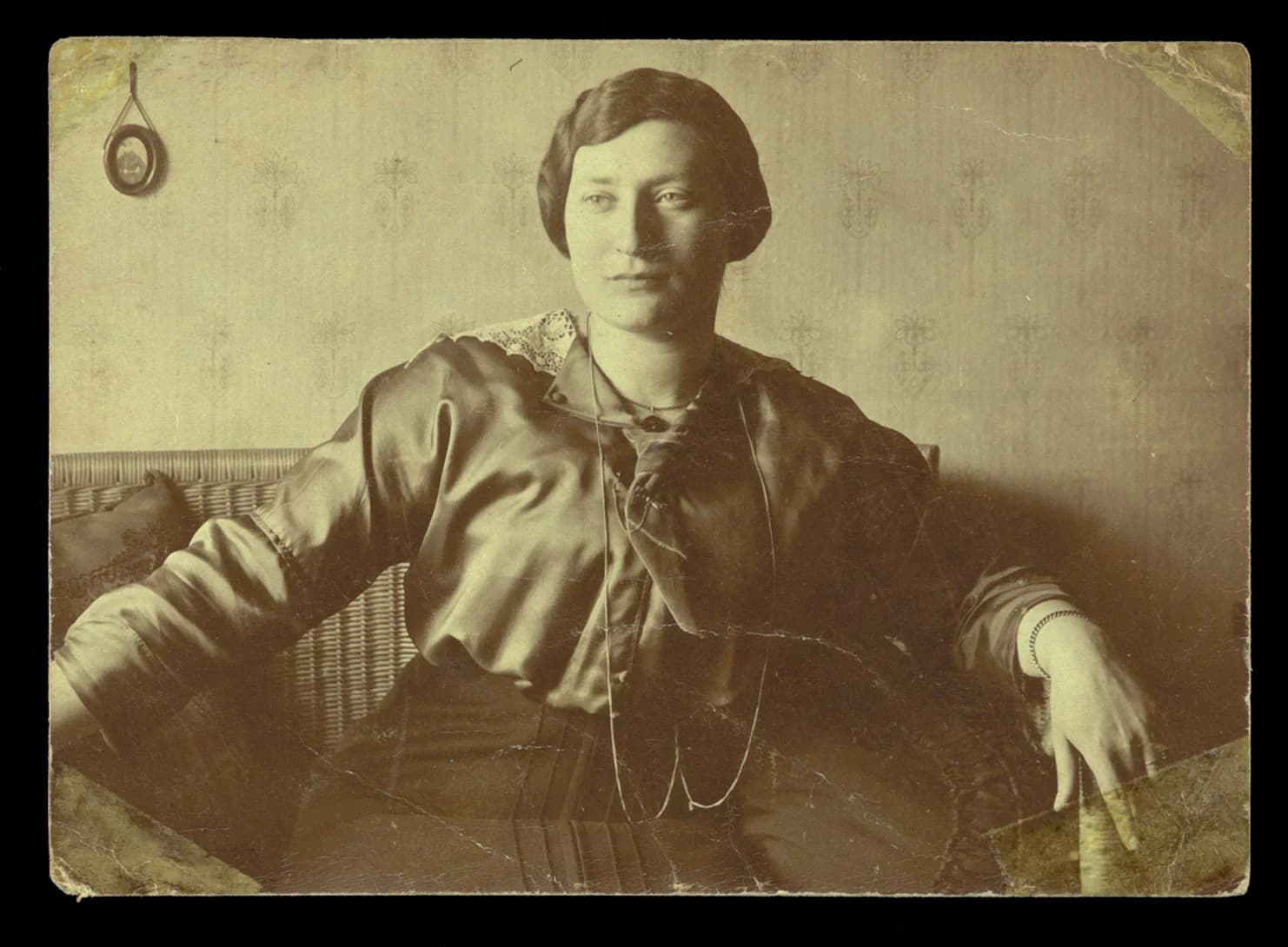Loading News Article...
We're loading the full news article for you. This includes the article content, images, author information, and related articles.
We're loading the full news article for you. This includes the article content, images, author information, and related articles.
The National Gallery of Victoria (NGV) has discreetly returned a 17th-century painting, 'Lady with a Fan,' to the descendants of a Jewish family who lost it during the Nazi era, raising questions about transparency in art restitution processes.

The National Gallery of Victoria (NGV) has quietly returned 'Lady with a Fan,' a 17th-century painting by Gerard ter Borch, to the heirs of a Jewish family from whom it was seized during the Nazi regime. The restitution, which occurred without a public announcement from the museum, has drawn scrutiny regarding the NGV's handling of such sensitive cases.
The painting was removed from the NGV’s online catalogue in early September 2025. The only public record of its return emerged weeks later through an update on Germany's Lost Art Database. This lack of transparency has prompted a New York-based researcher, Jason Schulman, to challenge the NGV's approach.
Mr. Schulman, who uncovered the story, expressed his approval of the restitution itself but raised concerns about the NGV's decision to keep the process private. “Any time a painting is restituted to a family who had to part with it because of the Nazi regime, I think it’s a good thing,” Schulman told Guardian Australia. “But I think there are questions about how and why the NGV did what it did that should be made public.”
The NGV has not publicly disclosed the new evidence that led to the family's claim being accepted, nor has it explained why this particular restitution was handled privately. This stands in contrast to a previous art restitution case in 2014, which the museum widely publicised. The discrepancy in approach has led to calls for greater clarity from the institution.
The systematic looting of art and cultural property by the Nazi regime during World War II is a well-documented historical atrocity. Millions of artworks, books, and other cultural objects were stolen or coercively sold from Jewish families and institutions across Europe. Following the war, significant international efforts have been made to identify and return these looted items to their rightful owners or their descendants. The Washington Principles on Nazi-Confiscated Art, established in 1998, provide a framework for addressing these claims, encouraging museums and governments to identify Nazi-looted art in their collections and work towards just and fair solutions.
While this specific case involves a European painting and an Australian museum, Kenya has its own complex history with cultural heritage. Discussions around the restitution of Kenyan artifacts held in foreign museums have gained momentum in recent years. For instance, the return of the 'Vasco da Gama Pillar' from Portugal to Kenya has been a subject of ongoing dialogue, highlighting the broader global conversation about colonial-era acquisitions and the importance of cultural heritage for national identity. The principles of transparency and ethical considerations in art and artifact restitution resonate deeply within the Kenyan context, where communities seek the return of items that hold significant historical and cultural value.
Key questions remain regarding the NGV's decision-making process in this specific restitution. The lack of public disclosure about the evidence presented by the family and the rationale for a private settlement leaves room for speculation and raises concerns about consistency in policy. Art institutions globally are increasingly facing pressure to be transparent about the provenance of their collections, particularly concerning items with a history of displacement during periods of conflict or oppression.
The art world will be watching to see if the NGV provides further clarification on its restitution policies and this particular case. This incident may also encourage other institutions to review their own transparency protocols when dealing with Nazi-era looted art. For Kenya, the ongoing global discourse on restitution could further fuel calls for the return of its own cultural heritage from international collections, emphasising the need for clear and equitable processes.
Keep the conversation in one place—threads here stay linked to the story and in the forums.
Other hot threads
E-sports and Gaming Community in Kenya
Active 6 months ago
Popular Recreational Activities Across Counties
Active 6 months ago
The Role of Technology in Modern Agriculture (AgriTech)
Active 6 months ago
Investing in Youth Sports Development Programs
Active 6 months ago